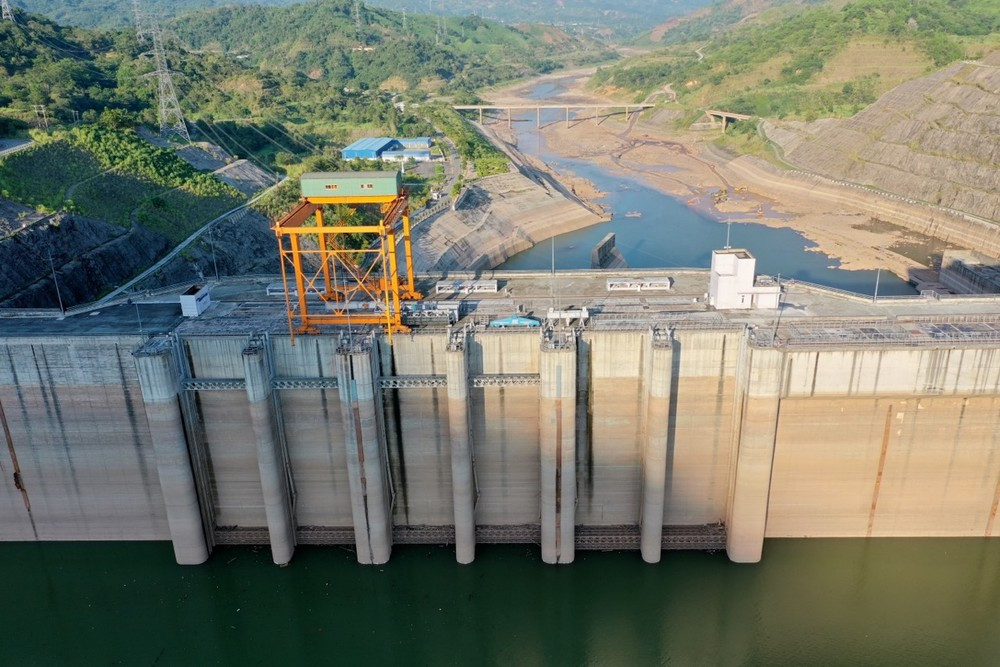
According to updated forecasts of the meteorological agency, in the first months of 2024, the North will have more rain, hydropower plants can still operate while the South will have a risk of drought due to less unseasonal rain.
The National Center for Meteorological and Hydrological Forecasting has just updated its report on weather and natural disasters nationwide.
According to this report, the average temperature across the country from January to June 2024 is generally about 1-1.5 degrees Celsius higher than the average for many years.
Meteorologists forecast precipitation for crop irrigation and hydroelectric power saying that from January to March 2024, the total rainfall in the North is usually about 10-20 percent higher than the average for many years while the North Central and Central regions are approximately equal to the prior years but the remaining areas are 10-20 percent lower than the average for many years.
In particular, from February to April 2024, the Central Highlands and the Southern regions are unlikely to have unseasonal rain, and drought will continue during this period.
From April to June 2024, the total rainfall in the Northern, the Central Highlands and the Southern regions will be approximately equal to the average of many years, while the remaining regions will be 5-15 percent lower compared to the average of many years in the same period.
The National Center for Meteorological and Hydrological Forecasting reported that the El Nino phenomenon is likely to continue until the end of spring 2024 with a probability of over 90 percent.
The phenomenon will be the neutral state in the summer months with a probability of about 60-70 percent. In the second half of 2024, the sea surface temperature in the central equatorial Pacific Ocean tends to gradually decrease and the ENSO state - a periodic fluctuation in sea surface temperature and air pressure in the equatorial Pacific Ocean - is likely to change to the La Nina phase in the last months of 2024.
Source: SGGP